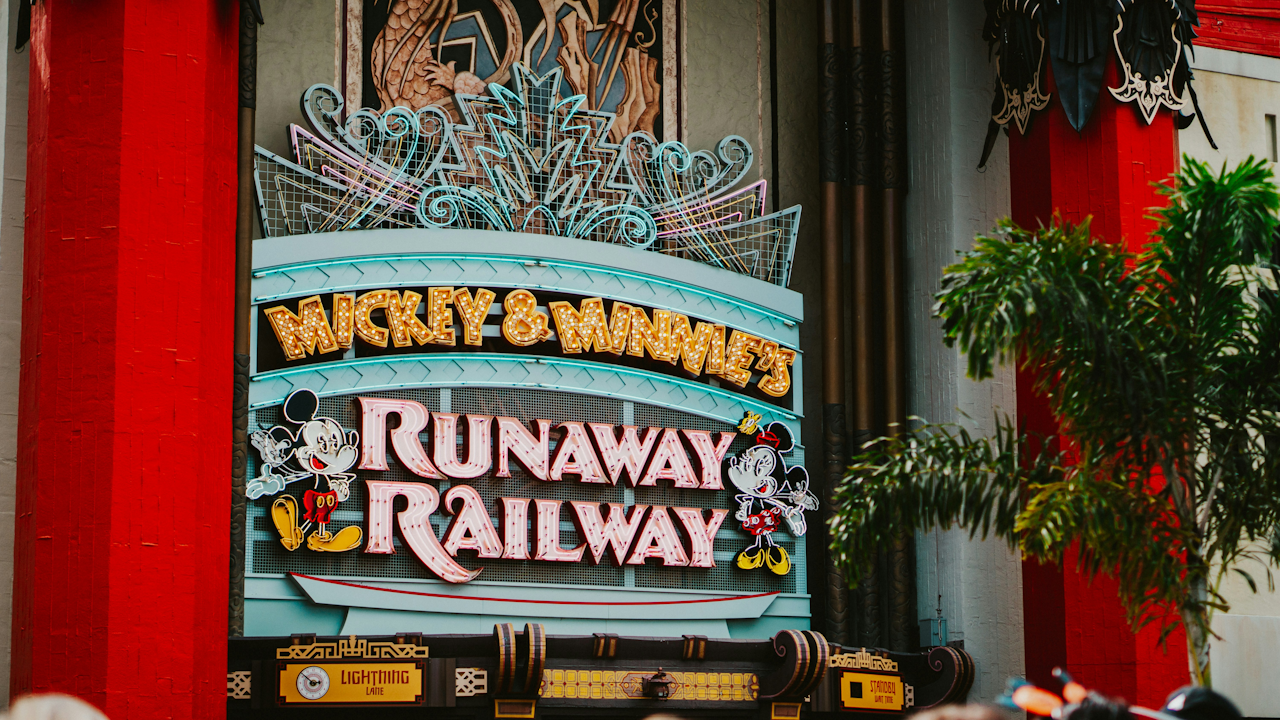In the ever-evolving landscape of cinema, the allure of a successful film franchise is undeniable. What begins as a compelling story or a charismatic character can blossom into a multi-picture saga, generating billions at the box office and etching itself into the cultural consciousness. Yet, for every Toy Story or Mission: Impossible that masterfully maintains its quality over decades, there are countless others that overstay their welcome, succumbing to diminishing returns, narrative exhaustion, or a noticeable dip in creative ambition. This article delves into several film franchises that, in hindsight, would have benefited greatly from an earlier curtain call, preserving their legacy rather than diluting it.
The primary motivations for extending a franchise beyond its prime are, predictably, financial. The established brand recognition, built-in fanbase, and merchandising opportunities make sequels a safer bet than original content. However, this pursuit of profit often comes at the expense of artistic integrity. As studios demand more installments, pressure mounts on filmmakers to conjure new plots and character arcs, leading to recycled storylines, convoluted mythology, and a general sense of fatigue.
One of the most prominent examples of a franchise that should have gracefully bowed out earlier is the Pirates of the Caribbean series. The original 2003 film, The Curse of the Black Pearl, was a swashbuckling triumph: witty, original, and visually spectacular, anchored by Johnny Depp’s iconic portrayal of Captain Jack Sparrow. Its sequels, Dead Man’s Chest and At World’s End, while arguably overly complex, still retained some of the magic and expanded the lore in interesting ways. However, with On Stranger Tides (2011) and especially Dead Men Tell No Tales (2017), the franchise felt increasingly rudderless. Jack Sparrow’s eccentricities became tiresome, the plots grew nonsensical, and the once vibrant world of pirates felt drained of its charm. The later films lacked the narrative coherence and genuine excitement of their predecessors, tarnishing the series’ initial brilliance. A more fitting end would have been after the original trilogy, allowing the characters’ journeys to conclude on a high note.
Another franchise that arguably lingered too long is The Terminator series. James Cameron’s original two films, The Terminator (1984) and Terminator 2: Judgment Day (1991), are masterpieces of science fiction. The first was a gritty, relentless chase thriller, while the second revolutionized special effects and delivered a thrilling, emotionally resonant story. Terminator 3: Rise of the Machines (2003) was a decent enough follow up, but it struggled to escape the shadow of its predecessors. From Terminator Salvation (2009) onwards, the series spiraled into a confusing web of alternate timelines, reboots, and retcons, none of which managed to recapture the magic or thematic depth of Cameron’s vision. Genisys (2015) and Dark Fate (2019) attempted to bring back original cast members and rectify past mistakes, but the damage was already done. The core concept had been stretched thin, and the relentless attempts to revive it only highlighted its creative exhaustion.
The Shrek franchise, initially a clever and subversive take on fairy tales, also provides a compelling case study. Shrek (2001) was a groundbreaking animated film, lauded for its humor, heart, and clever pop culture references. Shrek 2 (2004) is widely considered a superior sequel, expanding the world and introducing beloved new characters. However, Shrek the Third (2007) marked a noticeable decline in quality, suffering from a weaker script and a lack of the original’s satirical bite. While Shrek Forever After (2010) attempted to recapture some of the earlier charm with a “what if” scenario, the series had already lost much of its initial spark. The later films felt more like contractual obligations than passionate creative endeavors, diluting the impact of the early, groundbreaking installments. Perhaps ending after the second film, or even the third if absolutely necessary, would have preserved the franchise’s reputation as an animated powerhouse.
Even beloved action franchises are not immune to this phenomenon. The Die Hard series, for instance, delivered an iconic action hero in John McClane and set a high bar with its first two films. Die Hard with a Vengeance (1995) was also a strong entry, introducing a compelling dynamic with Samuel L. Jackson. However, Live Free or Die Hard (2007) stretched the plausibility of McClane’s invincibility, and A Good Day to Die Hard (2013) was a critical and commercial misfire, widely panned for its uninspired script, generic action, and a seemingly uninterested Bruce Willis. The once grounded, relatable hero had become a caricature, and the series lost its signature blend of wit and gritty realism. The franchise’s legacy would have been far more pristine had it concluded after the original trilogy.
It is crucial to acknowledge that deciding when to end a successful franchise is a complex decision for studios. The temptation to capitalize on a proven commodity is immense. However, the long term health of a brand, and indeed the respect of its fanbase, often hinges on knowing when to step away. A franchise that ends on a high note, leaving audiences wanting more, is far more likely to be remembered fondly than one that limps to an uninspired conclusion.
In conclusion, while the allure of continuing a profitable film franchise is strong, history has shown that more often than not, less is more. The examples of Pirates of the Caribbean, Terminator, Shrek, and Die Hard serve as stark reminders that creative longevity does not always equate to sustained quality. Studios and filmmakers alike would do well to consider the artistic integrity and lasting legacy of their creations, rather than simply chasing the next box office haul. Sometimes, the bravest and most beneficial decision is to let a good thing come to a timely and satisfying end.

